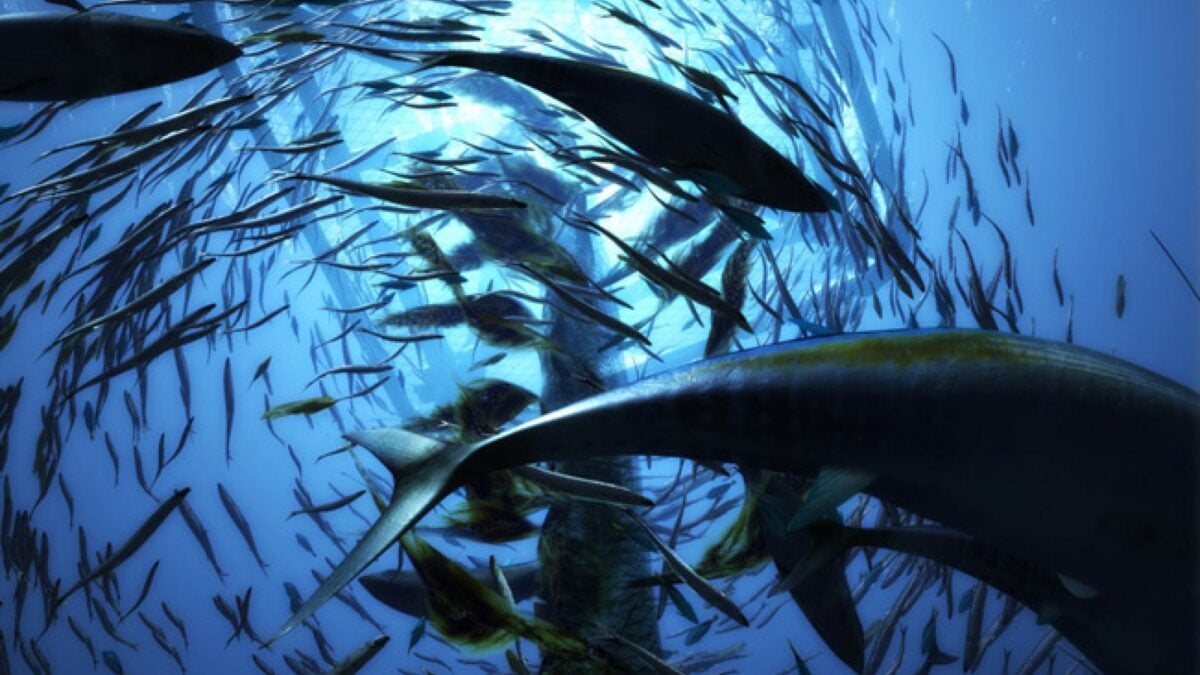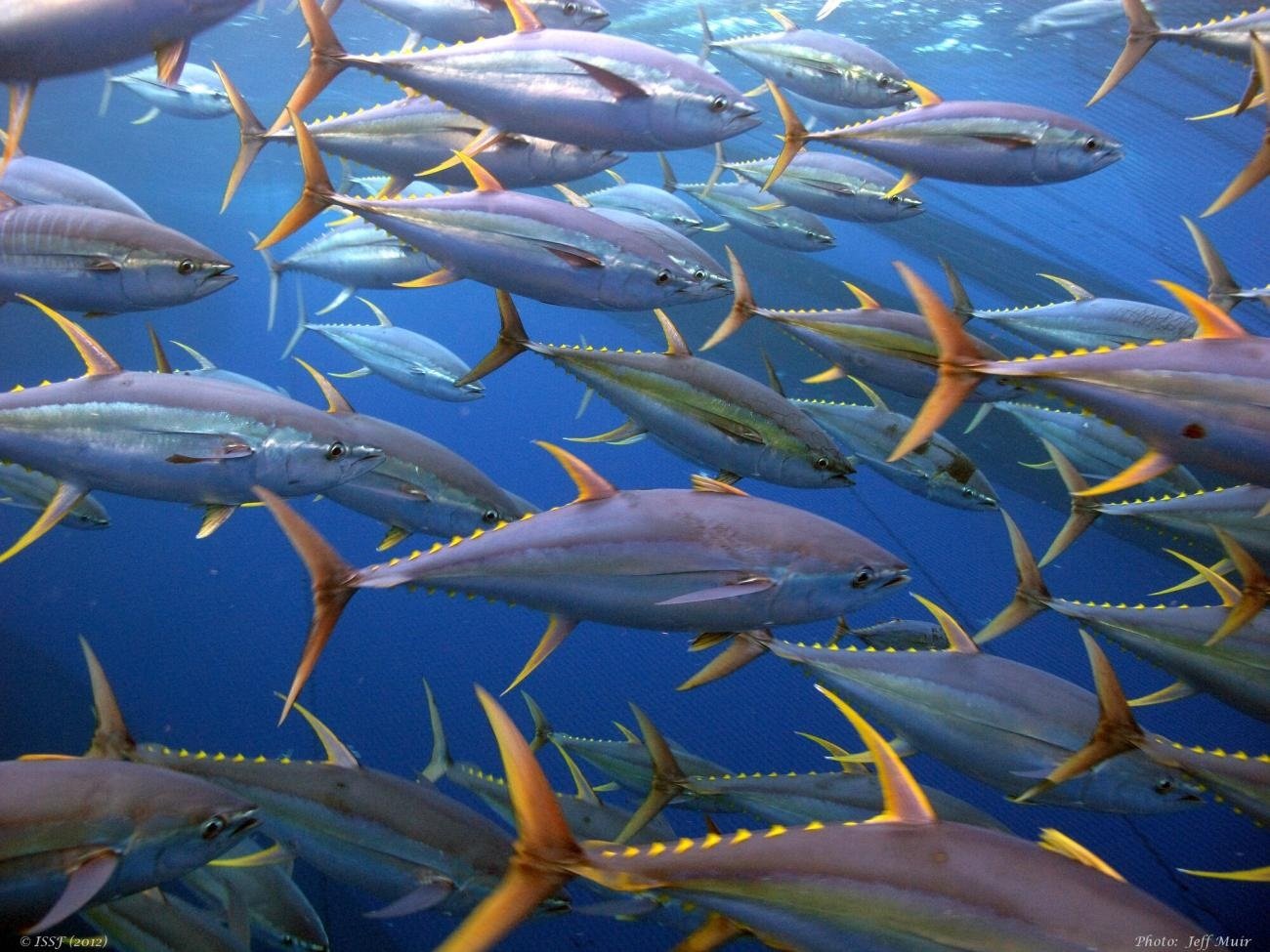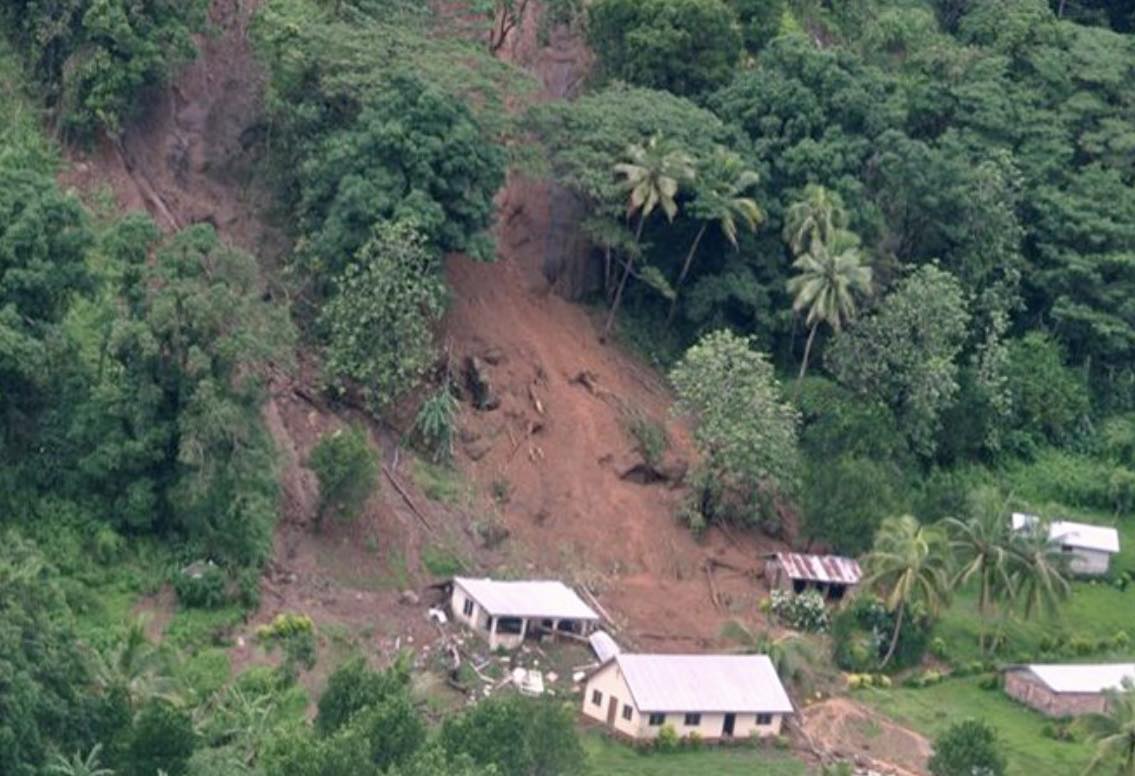Fiji’s fisheries sector has had its share of challenges over the years, including but not limited to, overfishing, climate change, fish migratory patterns, global sea warming, and ocean pollution on the supplies of fish to Fiji’s economy.
Yet, despite the challenges, the industry is getting back on its feet after experiencing a period of stunted growth following COVID.
In the ministry’s annual report for the financial year (FY) 2021/2022, permanent secretary Atelaite Rokosuka said the ministry received a total budget of $13.5 million (US$6,75 million), a decrease of about $1.9m (US$950,000) from FY 2020/2021.
She said throughout the year, the ministry utilised $111.4m (US$57.2 million), about 85 percent for the implementation of the ministry’s programmes and projects.
Additionally, she said the fisheries sector contributed $149.8m (US$74.9 million) in export earnings and $3.5m (US$1.75 million) towards State revenue through fisheries vessel registration, fishing licence, sale of fish and ice, and offshore fisheries fees.
Rokosuka also said $600m (US$300 million) in funding was successfully negotiated for the next licencing period under the United States Multilateral Treaty.
This funding was made possible through Fiji’s chairmanship in various fisheries forums, such as the Forum Fisheries Council, the Western and Central Pacific Fisheries Commission Intersessional Working Group on Albacore Tuna.
Apart from in-country programmes focusing on aquaculture, the ministry’s Offshore Fisheries Management Division (OFMD) also remained in high gear through the fiscal year.
OFMD is the advisory arm of the ministry on matters relating to Fiji’s pelagic fisheries in its archipelagic waters, territorial seas, exclusive economic zone (EEZ) waters, the high seas, and for vessels fishing in other jurisdictions.
And the ministry’s annual report stated the goals of the division were to harness the great potential of Fiji’s fisheries, support industry stakeholders, grow the economy, and ensure the equitable distribution of wealth and benefits. As such, the ministry has adopted a five-pronged strategy.
The first, to promote the modernisation of its national fleet, which would allow for the fleet to venture and fish in tuna-rich waters. Second was to invest in new technology to enhance the existing monitoring, control and surveillance (MCS) tools.
These include access to real-time satellite imagery access, and long-range drones to enhance monitoring capabilities. The ministry also aspired to improve naval capabilities as lead maritime security agency that would police and monitor Fiji’s seas.
In addition, the ministry would also provide full support, within the ambits of national law, to industry stakeholders.
The fifth approach required updating the country’s fisheries-related laws to accommodate changes in the fisheries sector.
In 2021, the fleet actively fishing consisted of 67 Fiji national vessels.
Out of this, four were chartered foreign flagged vessels, while the remaining 63 vessels were Fiji flagged and fished in Fiji’s archipelagic waters, territorial seas, Fiji’s EEZ, other EEZs, and high seas within the Western and Central Pacific Ocean (WCPO).
In 2021, around 69 percent of Fiji’s longline fishing effort took place within Fiji’s EEZ, compared to 64 percent in 2020.
The ministry also stated that approximately 13 per cent of the total national catch was caught within the high seas, and the remainder 18 percent of catches were from other EEZ where Fiji’s vessels were licensed to fish in.
As of now, the country also has a licence cap of 60 vessels allowed to fish in Fiji’s fisheries waters. For the 2021/2022 period, eight fishing licences were issued, four of which qualified for the 20-year licence that fell under the legislative reform for 100 per cent owned and operated vessels.
This story was written by Shayal Devi, originally published at The Fiji Times on 26 July 2023, reposted via PACNEWS.




